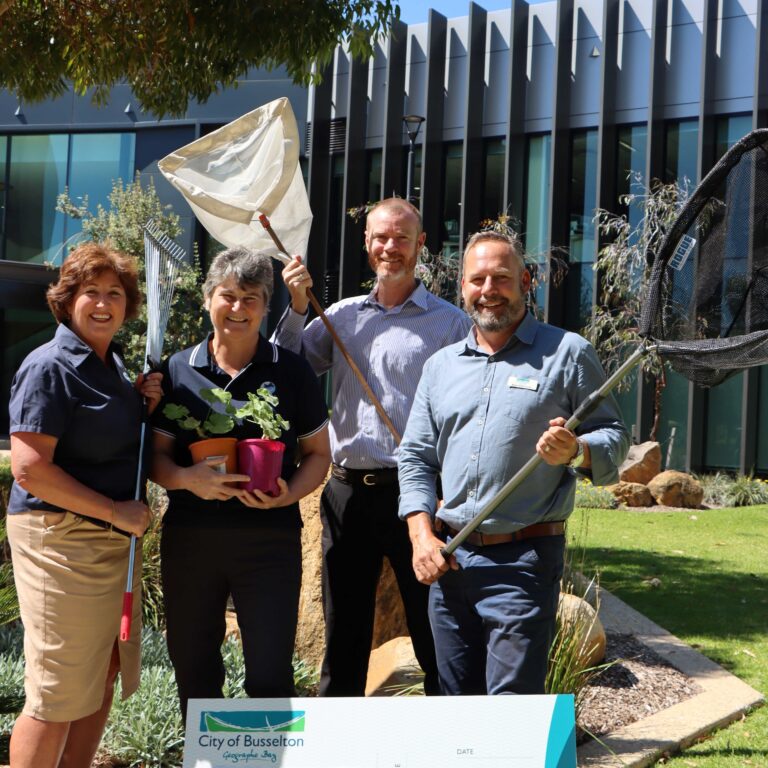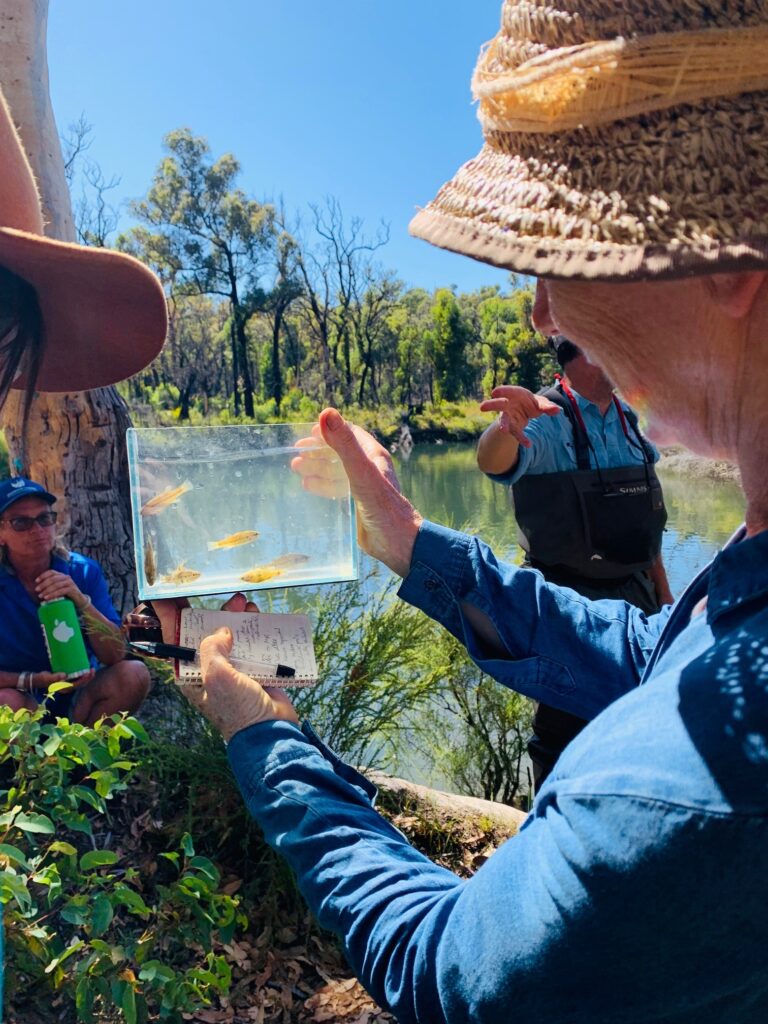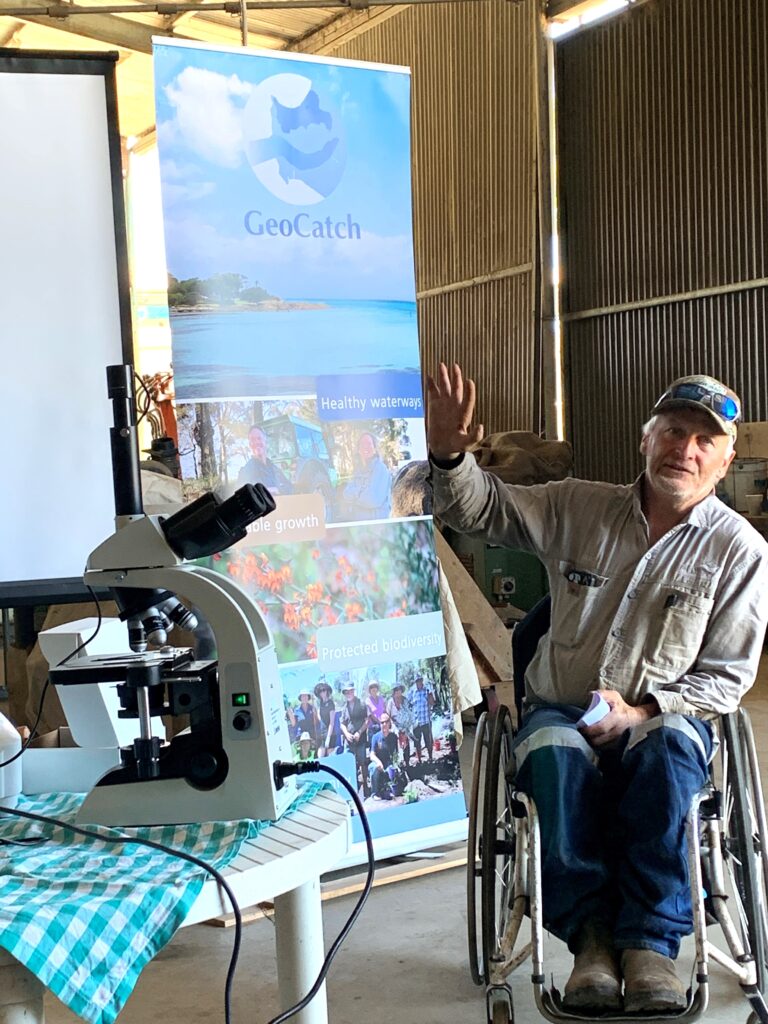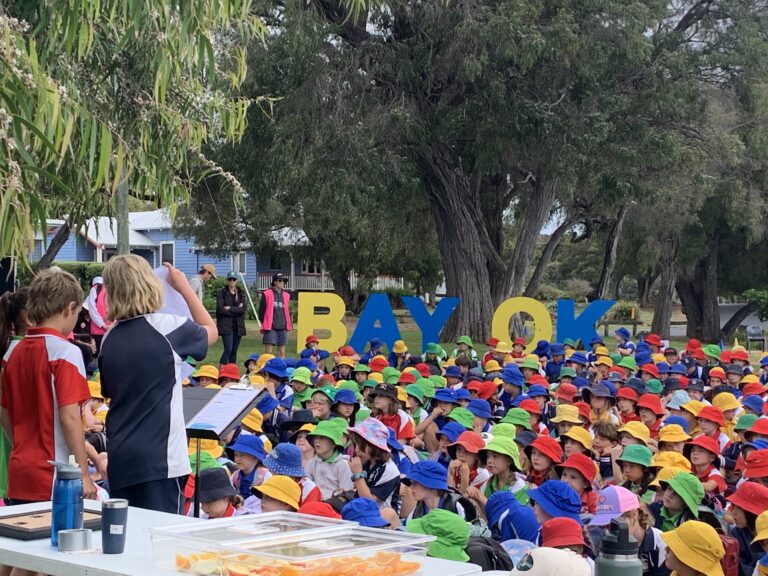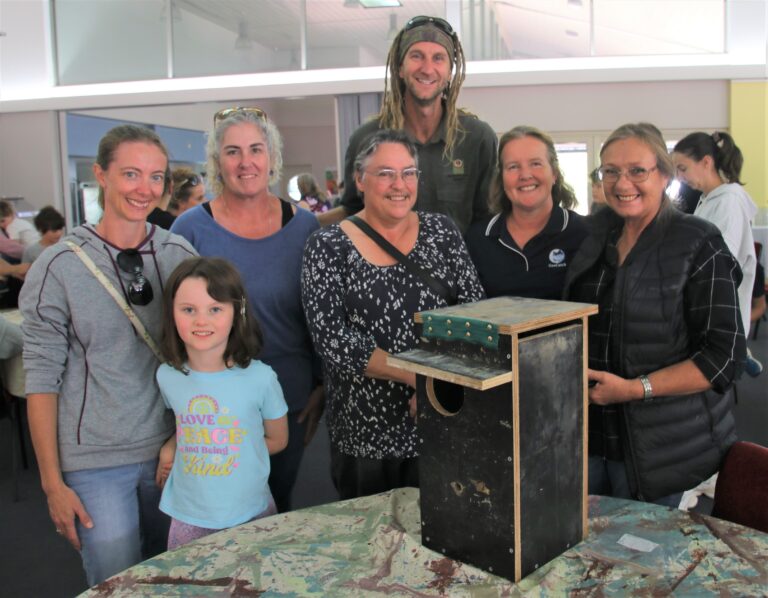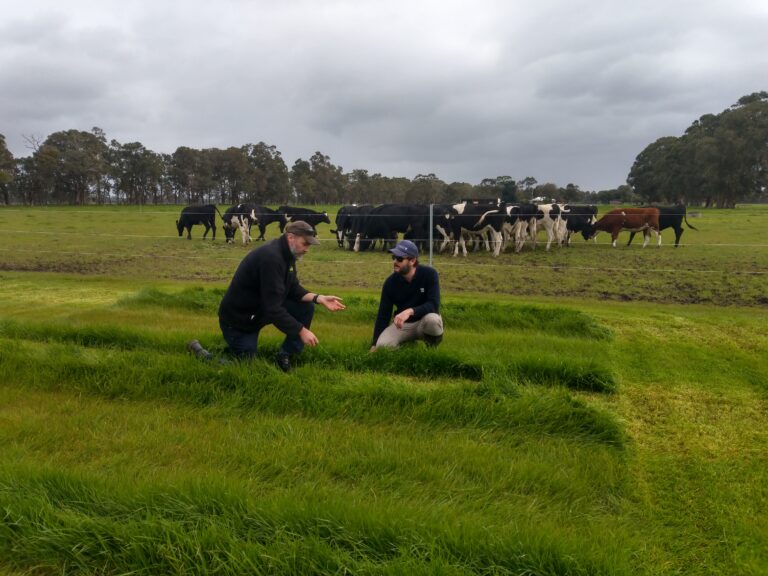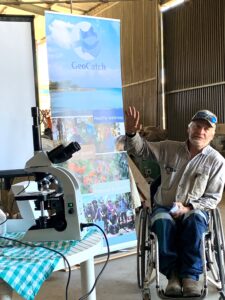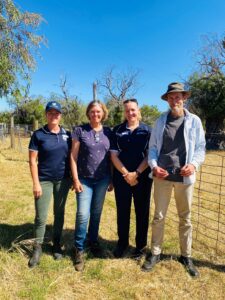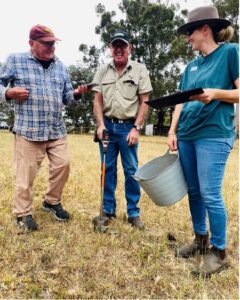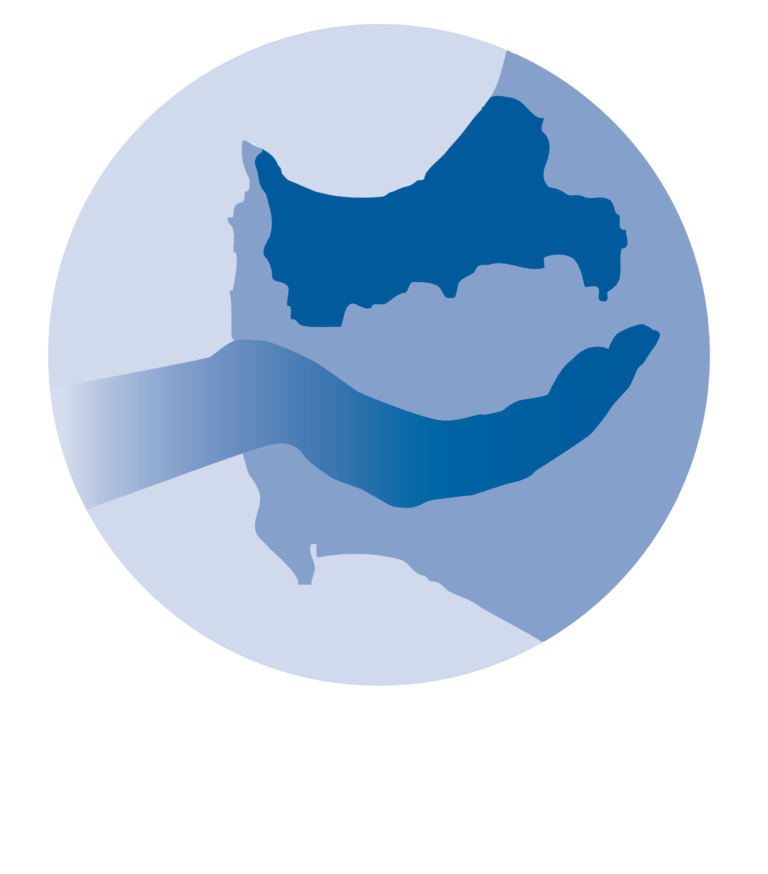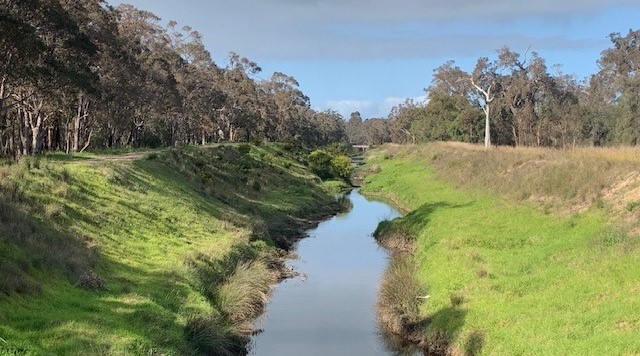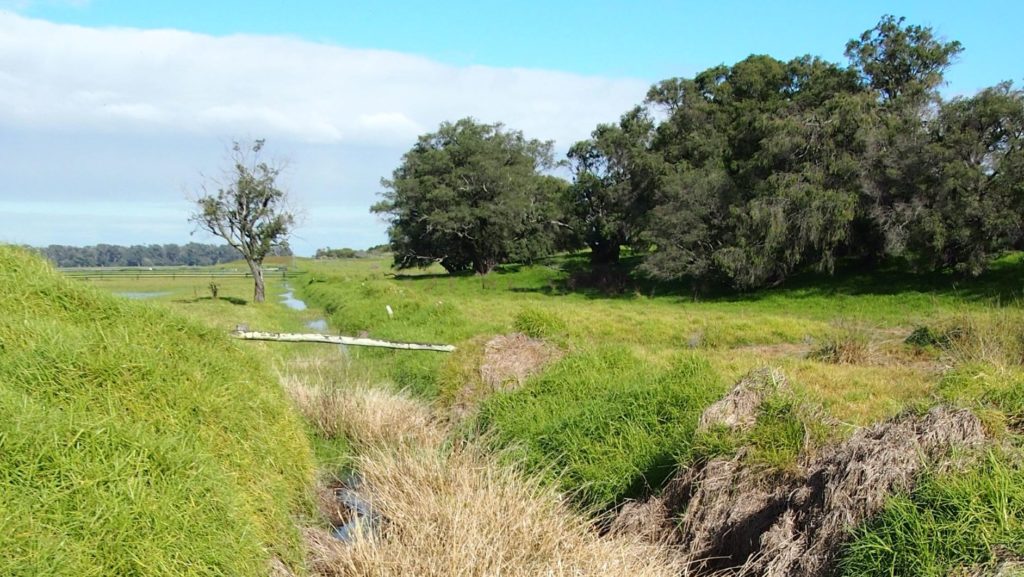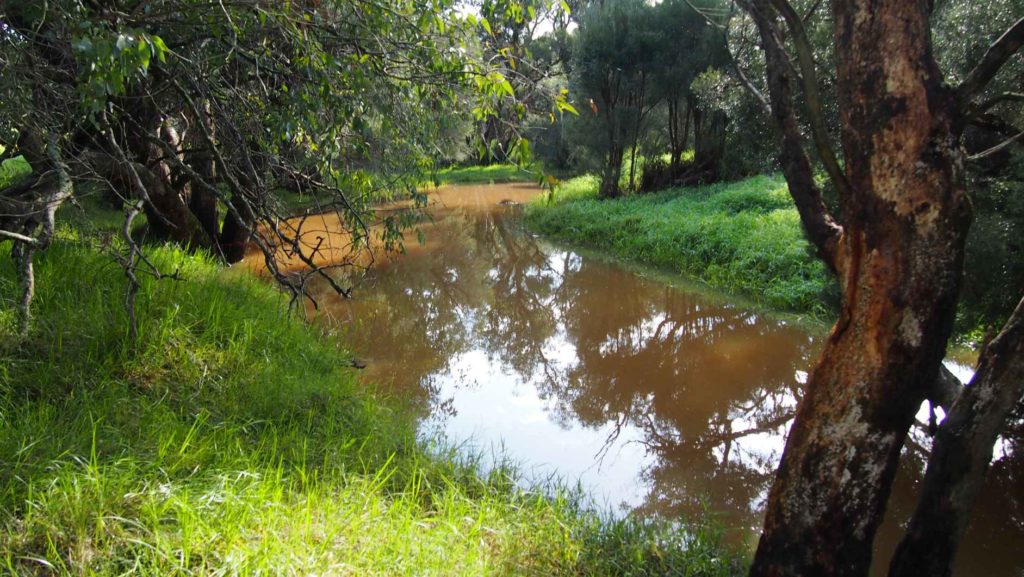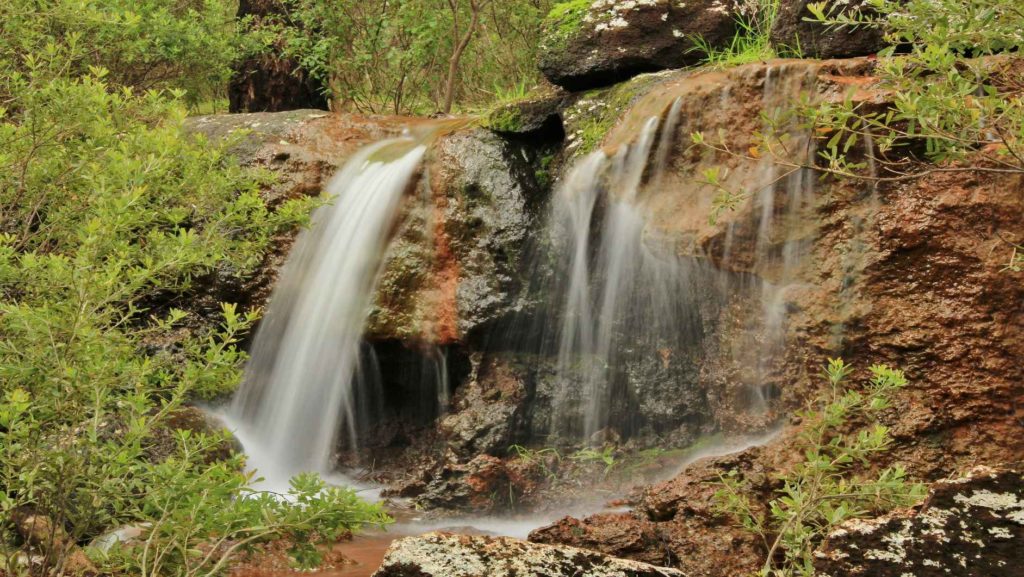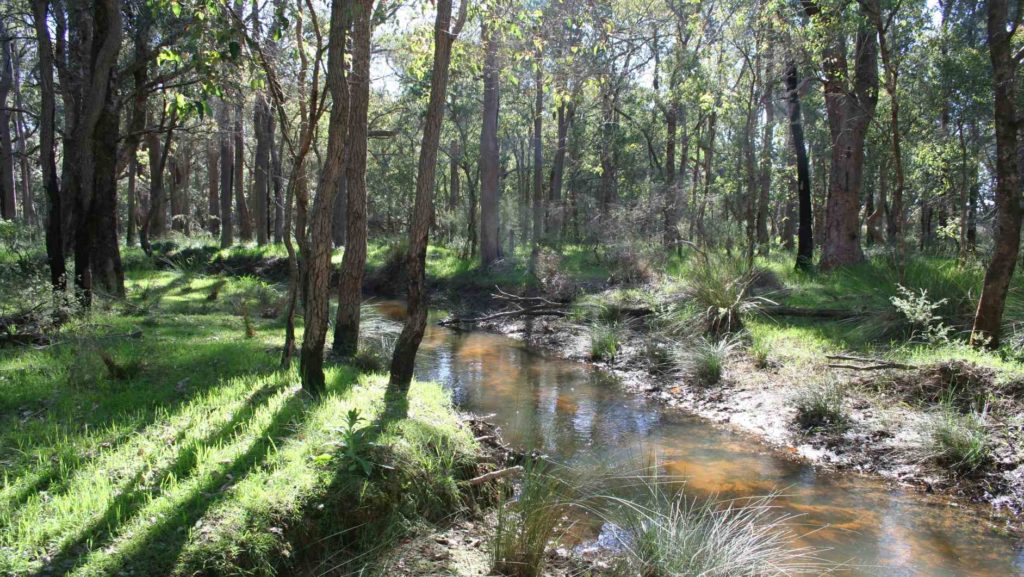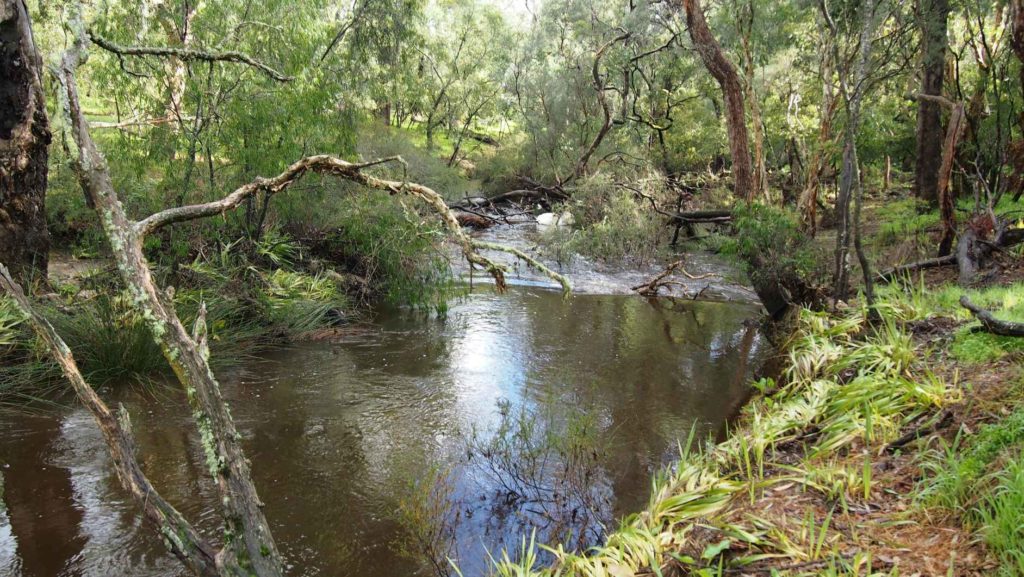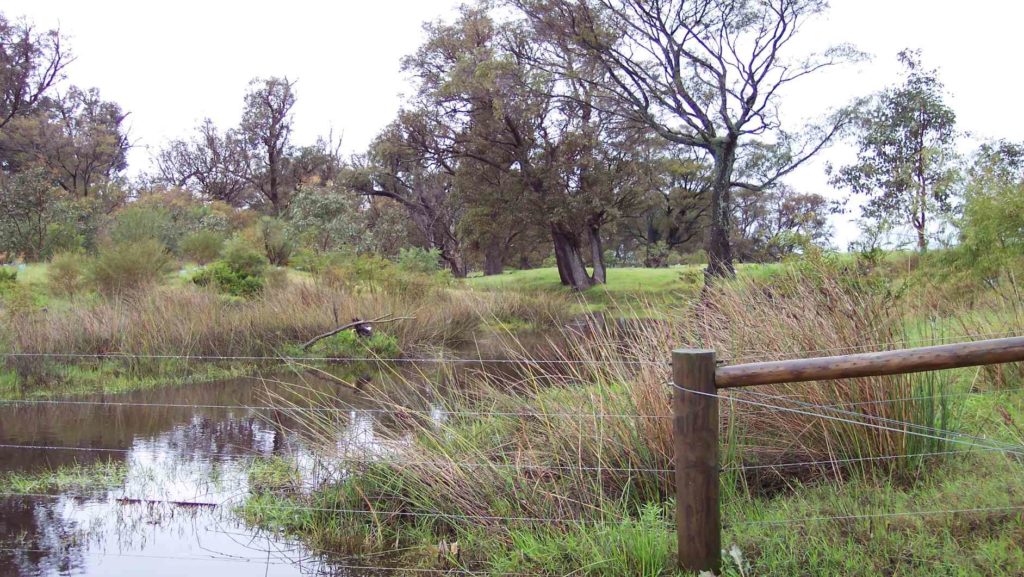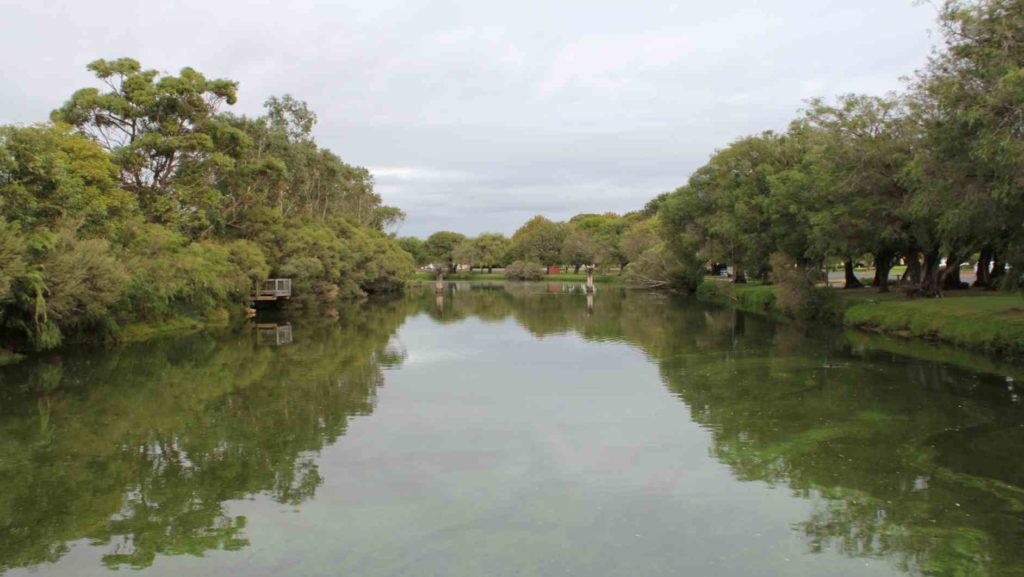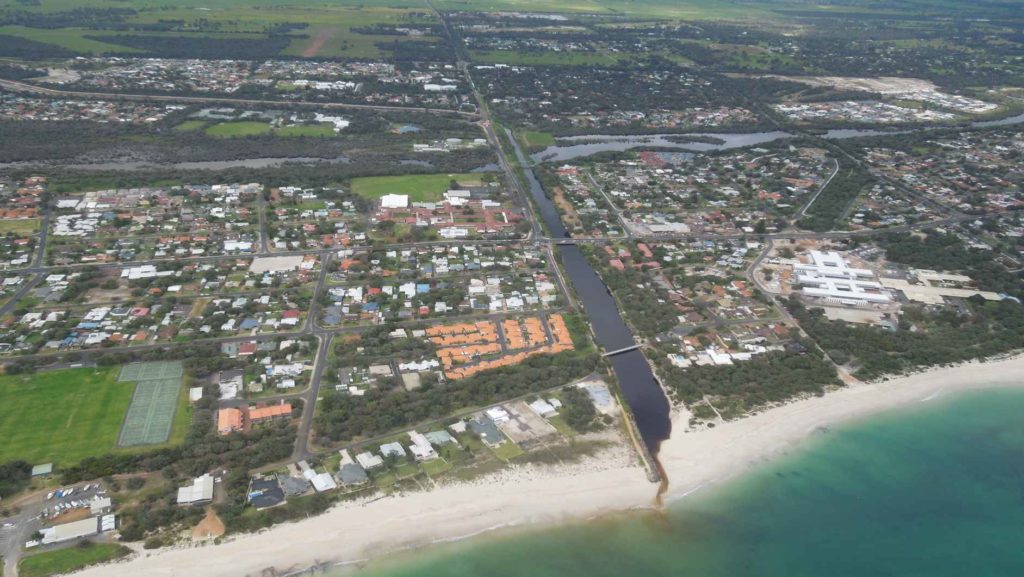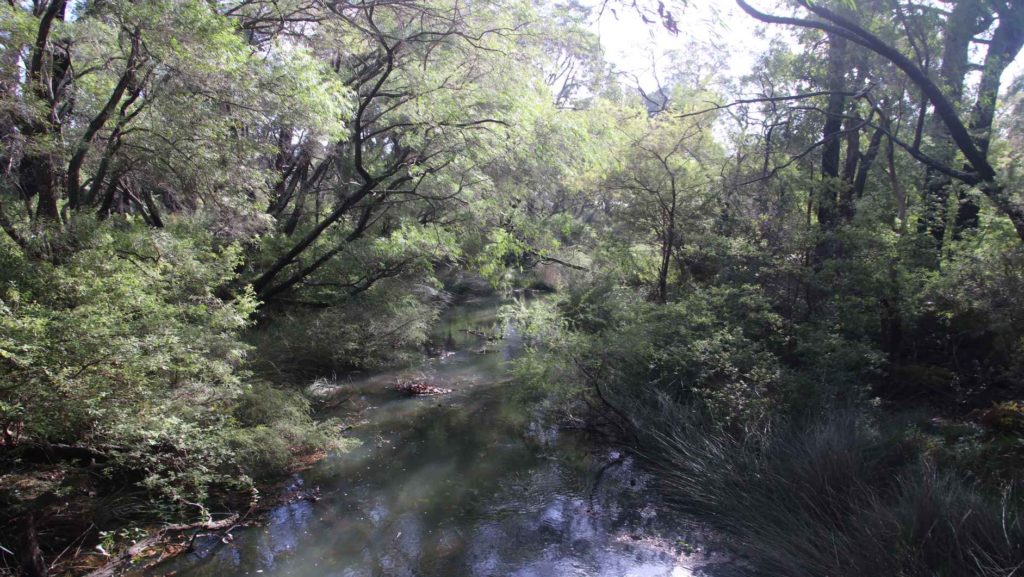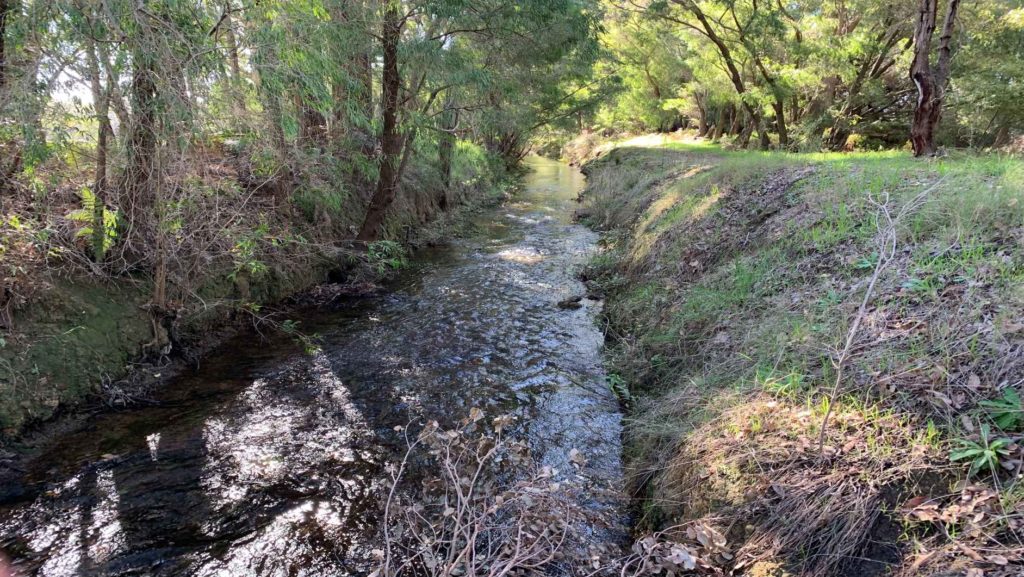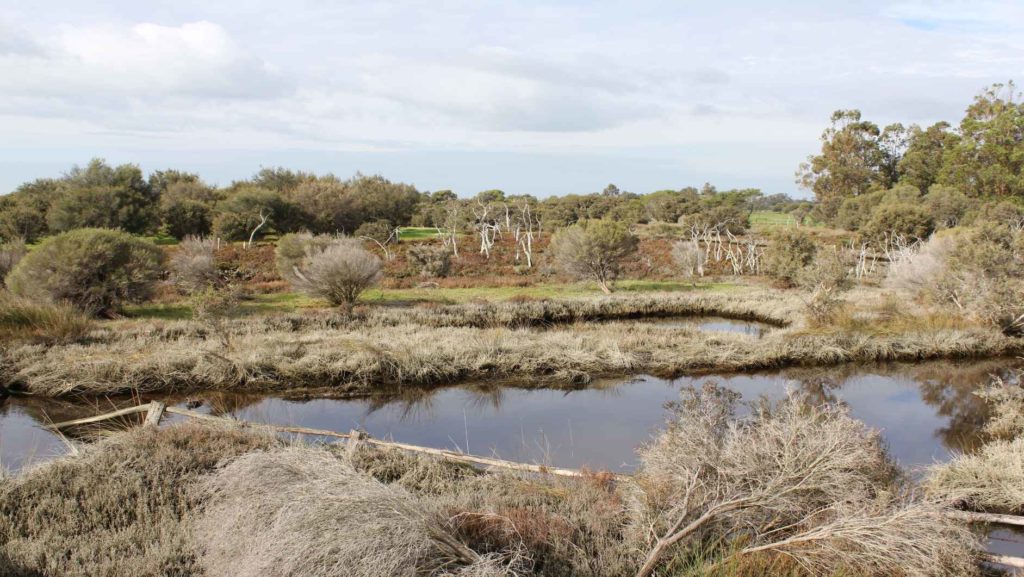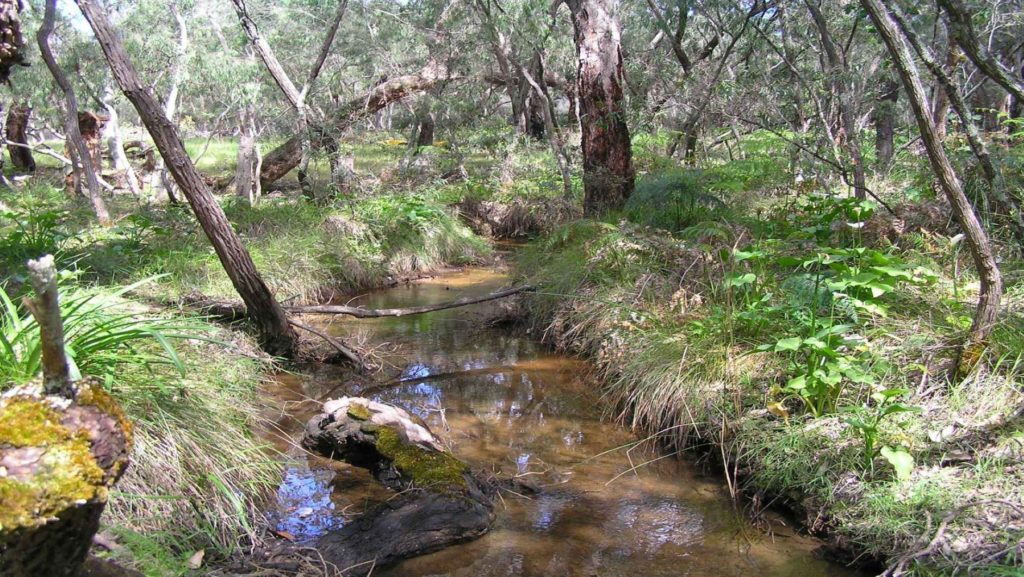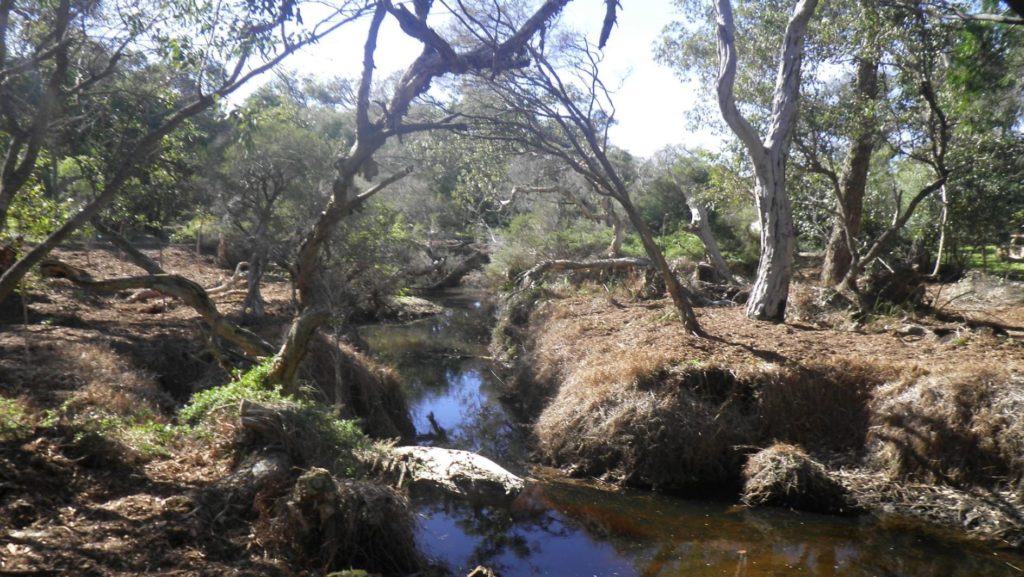A Western Australian study of nearly 700 soil samples has provided new insight into whether agronomic soil testing can be used to assess the likelihood of phosphorus being ‘lost’ into the environment.
Phosphorus applied as fertiliser on farms is lost to waterways through leaching and run-off, which not only leads to a loss of farmers’ investment in fertiliser, but also causes environmental harm downstream.
After analysing hundreds of soil samples collected from farms across south-west WA, scientists at the Department of Primary Industries and Regional Development (DPIRD) found the testing method ‒ which only samples the top 10 cm of soil ‒ could be used to accurately assess this risk.
This science was then used to estimate how much phosphorus would be prevented from entering the environment if farmers followed the recommended fertiliser applications calculated from soil test results.
It was found that the amount of phosphorus lost to the environment could be reduced by at least 25 per cent if farmers made fertiliser decisions based on agronomic soil test results. Losses could be reduced further, by up to 60 per cent, if the paddock was stocked and managed appropriately for the amount of pasture grown.
DPIRD Principal Scientist David Weaver, one of the authors of a new scientific paper summarising the findings of the study, said the work highlighted the importance of using an evidence-based approach such as soil testing to inform fertiliser applications on farms.
“Years of ’set and forget’ phosphorus application has led to a build-up of phosphorus in our south-west WA soils, resulting in more than the pasture needs. Soils can lose this legacy phosphorus, even when fertiliser is not applied,” David said.
“Applying more phosphorus fertiliser adds to the problem of build-up and loss where excess nutrients contribute to poor water quality in rivers and estuaries, and farmers who have invested in fertiliser will not see gains in pasture productivity from their investment.
“Through programs including Healthy Estuaries WA, uPtake and Soil Wise, we work with farmers in the high rainfall zone to test their soil and use the results to make recommendations about what fertiliser to apply.
“We constantly test our assumptions to make sure the recommendations we are providing are based on the best available science so that farmers can have confidence that applying them will benefit their farm productivity and the environment.
“In this study, we wanted to test whether soil samples collected from the top 10 cm for agronomic purposes could provide a good indication of the risk of soils losing phosphorus to the environment.
“The risk of phosphorus loss is also influenced by whether water flows across (run-off) or through (leaching) the soil, so understanding water flow in combination with how phosphorus concentrations in soil vary with depth is important.
“By looking at this question with our archive of soil samples, along with newly collected shallow and deep soil samples, we have been able to refine calculations so that standard agronomic soil samples can be used to assess the risk of phosphorus loss from a given paddock.
“Looking across all of the soil samples, we found that if farmers set realistic production targets and applied soil test recommendations, the amount of phosphorus lost to waterways could be reduced by up to 60 per cent without negatively impacting pasture production, and also provide opportunity for savings in the cost of fertiliser applications.”
The paper is available through the Soil Research journal.
For more information on GeoCatch’s soil testing program, visit Soil Testing | GeoCatch.

